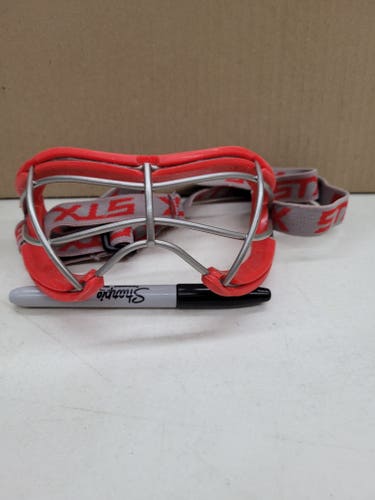Popular Lacrosse Helmets
See more Popular Lacrosse Helmets
Cascade XRS Pro
49 Available
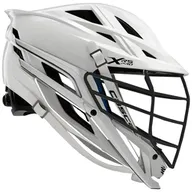
Cascade XRS
134 Available

Cascade CS-R Youth
20 Available
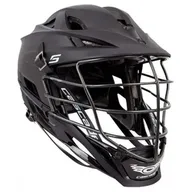
Cascade S
179 Available

Cascade CPV-R
181 Available

Cascade R
349 Available
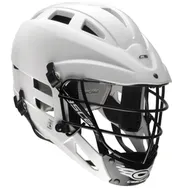
Cascade Cs
16 Available

Cascade CS Youth
13 Available

Warrior Burn
60 Available
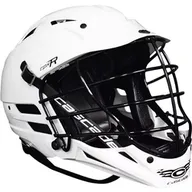
Cascade CPX-R
109 Available
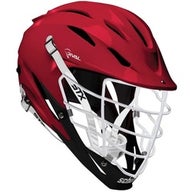
STX Rival
32 Available
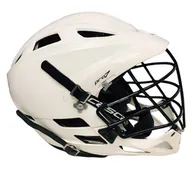
Cascade Pro-7
32 Available

Warrior Evo
63 Available

Cascade CLH2
19 Available
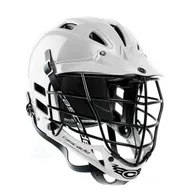
Cascade CPV
34 Available

Cascade CPX
61 Available

STX Proton Power
14 Available

Cascade CLH
7 Available

Warrior TII
8 Available

Cascade CPRO
4 Available

Warrior Evo Next
29 Available

Schutt Rival
7 Available
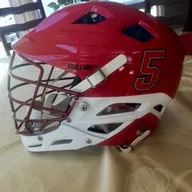
STX Stallion 600
5 Available
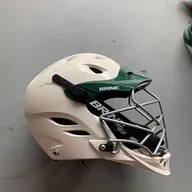
Brine Triumph
5 Available
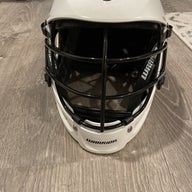
Warrior Burn Junior
3 Available

Warrior Fatboy Alpha Pro Box
4 Available

Warrior Regulator
2 Available
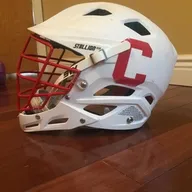
STX Stallion 650
3 Available

Cascade Youth S
3 Available
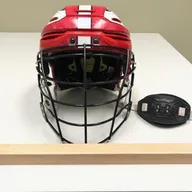
Warrior Alpha One Pro
2 Available

Cascade CBX
1 Available
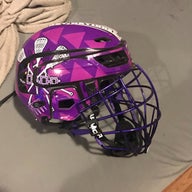
Other CCM Resistance
1 Available

Cascade LX
1 Available

Warrior PX2 Pro-CLA Box Helmet
1 Available

Cascade S Youth
2 Available
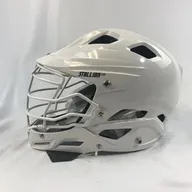
STX Stallion 100 Youth
1 Available
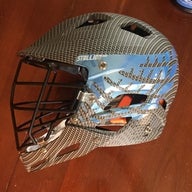
STX Stallion 500
1 Available
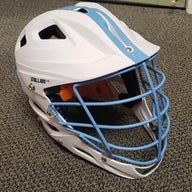
STX Stallion 575
1 Available

Warrior STr
1 Available
Trending Helmet Listings

CDonovan22

Robinsonjessie
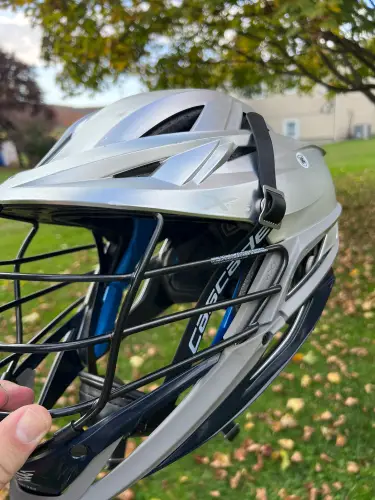
Ferrari488
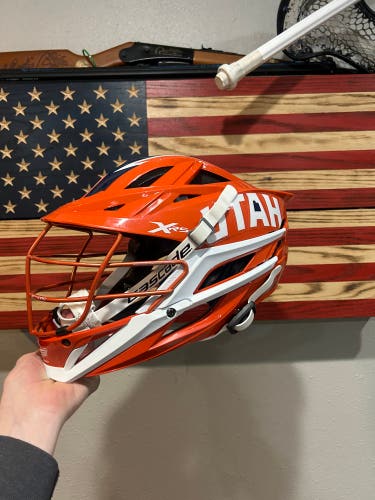
IAstrings

Dallentr

JSeeth

Winchandler

HeathKC

Duncanboud

LaxGearZone

TeamLax

Winchandler
999 Results

Logan_Ersiman
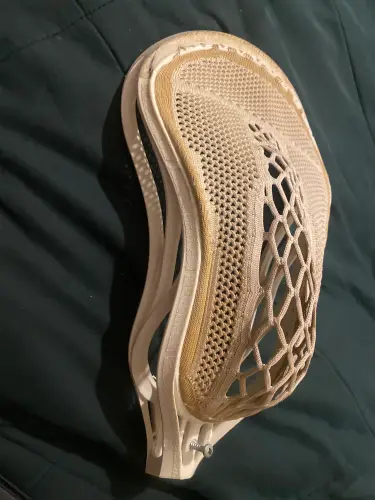
Jman47

Callent124
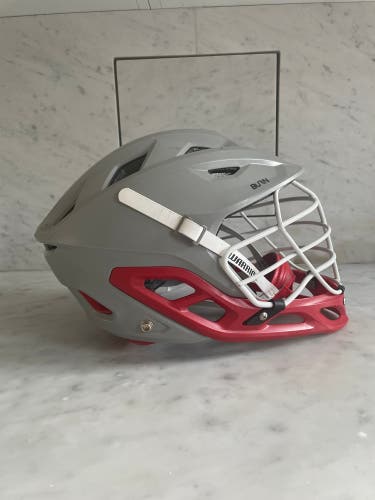
Winslow16

JackTheLaxGod
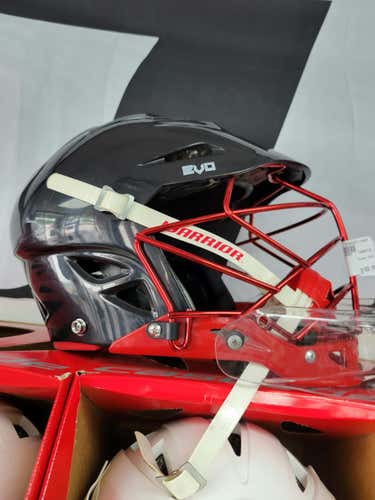
PIASLouEast

